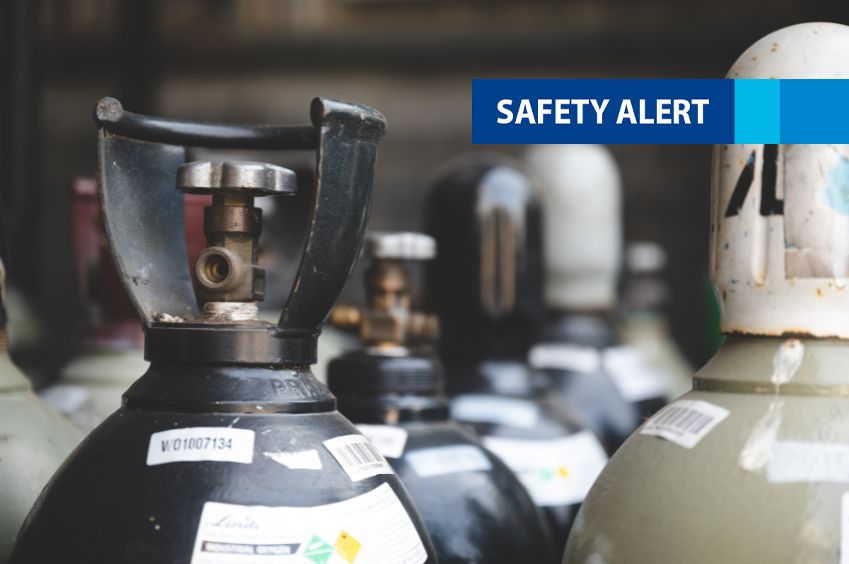
25 March 2024
A spate of recent incidents involving carbon monoxide poisoning, including a workplace death, has prompted SafeWork SA to warn employers of the risks of using fuel-powered vehicles and machinery in indoor environments.
Carbon monoxide: a threat in your workplace
The use of forklifts and plant within warehouses, workshops, factories, mines, sporting venues and other enclosed spaces presents a risk as the carbon monoxide emitted can reach dangerous levels in poorly ventilated areas.
Fuel-powered mobile plant used in cool rooms or refrigerated spaces poses a particular risk due to the unique nature of those environments.
Carbon monoxide is generated by internal combustion engines commonly fuelled by petrol, diesel and LPG. The gas is colourless, odourless and tasteless which means workers are generally unaware they have been exposed.
When inhaled, carbon monoxide stops the body being able to absorb oxygen which can impact a worker’s judgement and their ability to react to situations.
Exposure to carbon monoxide can lead to symptoms such as:
- headache
- nausea
- dizziness
- muscle weakness
- lack of co-ordination
- tiredness
- increased heart rate
When removed from carbon monoxide exposure, most people will make a rapid and full recovery.
However, a person who is unaware they’re inhaling carbon monoxide may be at higher risk of other workplace injuries due to impaired judgement as well as the accumulative effects of continued exposure. Symptoms of prolonged (chronic) exposure to carbon monoxide may include:
- recurring headaches
- increased irritability
- impaired judgement
- insomnia
- in pregnant women, impacts to the foetus, including increased incidence of miscarriage
In severe cases, carbon monoxide poisoning can lead to suffocation and death.
A person conducting a business or undertaking (PCBU) has a duty to ensure workers are not exposed to carbon monoxide levels exceeding the workplace exposure standard of 30ppm (averaged over an eight-hour work shift).
Safety solutions
To reduce the risk of exposure to carbon monoxide, a PCBU should:
- where possible, substitute fuelled equipment with electric or manual equipment (e.g. electric forklifts or manual pallet jacks)
- engage a competent person, such as an occupational hygienist, to undertake an assessment of the workplace, including air monitoring, to assist in identifying appropriate control measures
- increase ventilation in enclosed or poorly ventilated areas
- install carbon monoxide alarms/detectors in indoor workplaces in which fuelled equipment is used
- ensure alarms are maintained and calibrated as per the manufacturer’s recommendations
- ensure fuelled equipment is maintained appropriately, including regular servicing and inspections/assessments of exhaust systems.
A PCBU must consult workers or their health and safety representative in identifying hazards in the workplace and identifying appropriate control measures to minimise the risks. Workers should be provided with information regarding:
- health risks of exposure to carbon monoxide, including possible symptoms of exposure
- policies/procedures for appropriate responses if carbon monoxide alarms start sounding in the workplace
- internal procedures for reporting incidents
Further information:
SafeWork SA’s website: Carbon Monoxide
Model Code of Practice: Managing the work environment and facilities
Model Code of Practice: Managing risks of hazardous chemicals in the workplace




